
Did you know that TMJ afflicts 95% of people to varying degrees?
TMJ is quite a common condition. However, if left untreated, it can become very debilitating.
This blog will highlight what TMJ is, the different symptoms to look out for and how we help patients treat TMJ-related pain and other issues.
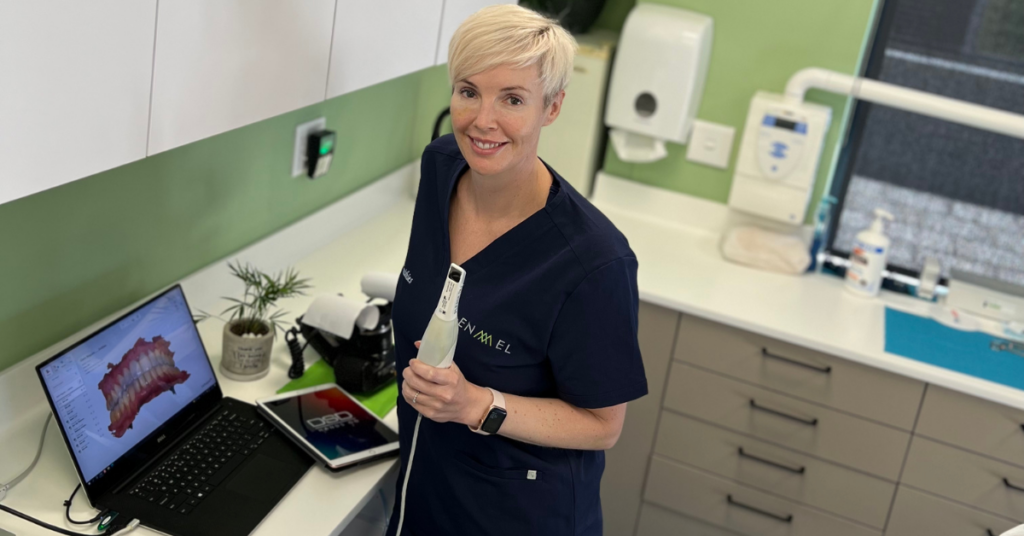
Did You Know:
Dr Sheryl Smithies is a cosmetic dentist and facial aesthetics practitioner? Click here to learn more about her Facial Aesthetics Treatments today!
What is TMJ?
TMJ is the term medical professionals use to refer to ailments in the temporomandibular joints. In addition, the term also refers to the joints themselves.
The temporomandibular joints are two joints that connect your lower jaw to your skull. They are situated just in front of the ears on both sides of your face.
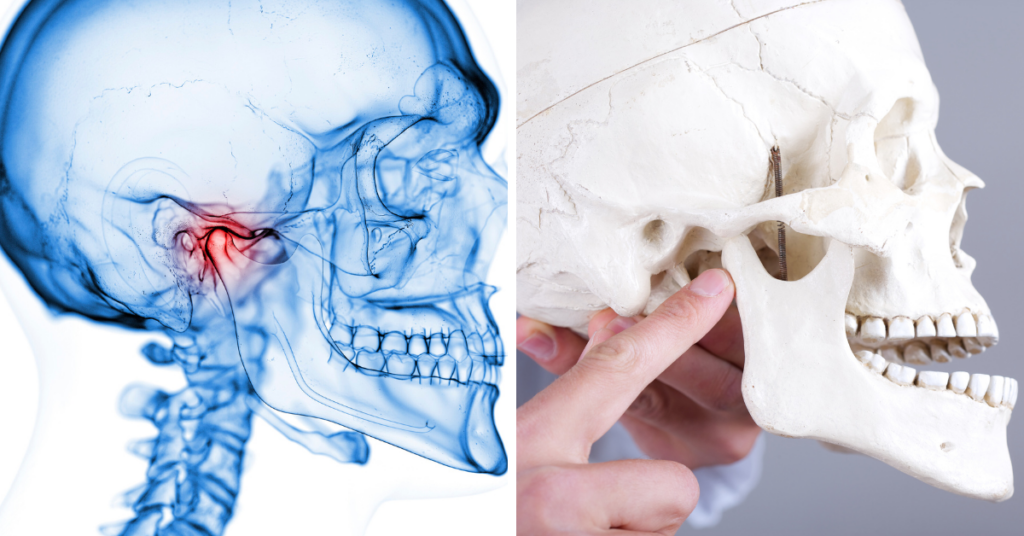
Considered some of the most complex joints in the body, they operate like sliding hinges that facilitate a range of lower jaw movements like speaking and chewing.
The temporomandibular joint problems/disorders, which affect the jaw joints, surrounding muscles and ligaments, can be caused by a range of factors which include:
- habits such as grinding or clenching
- missing teeth
- heavily restored teeth
- incorrect position of jaws
- orthodontic treatment

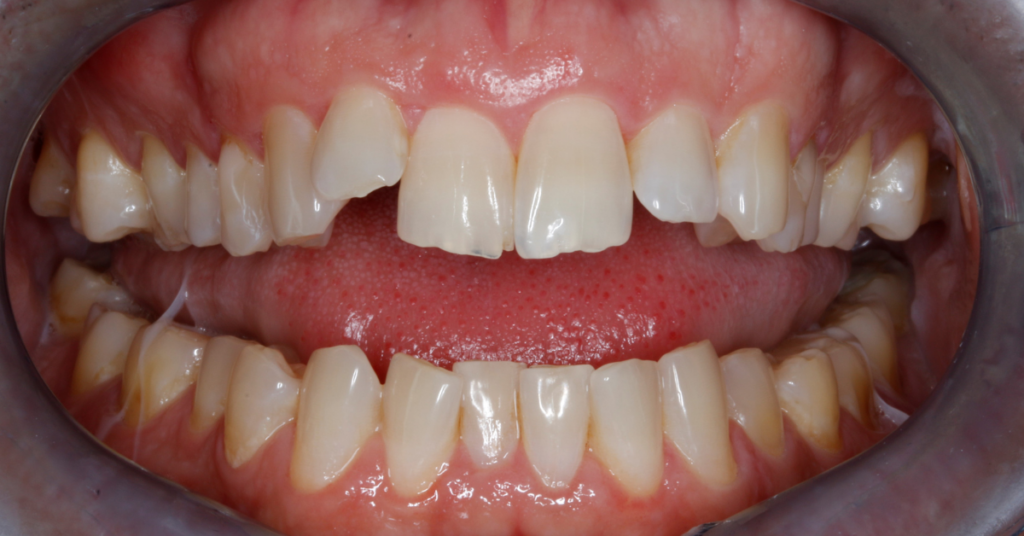
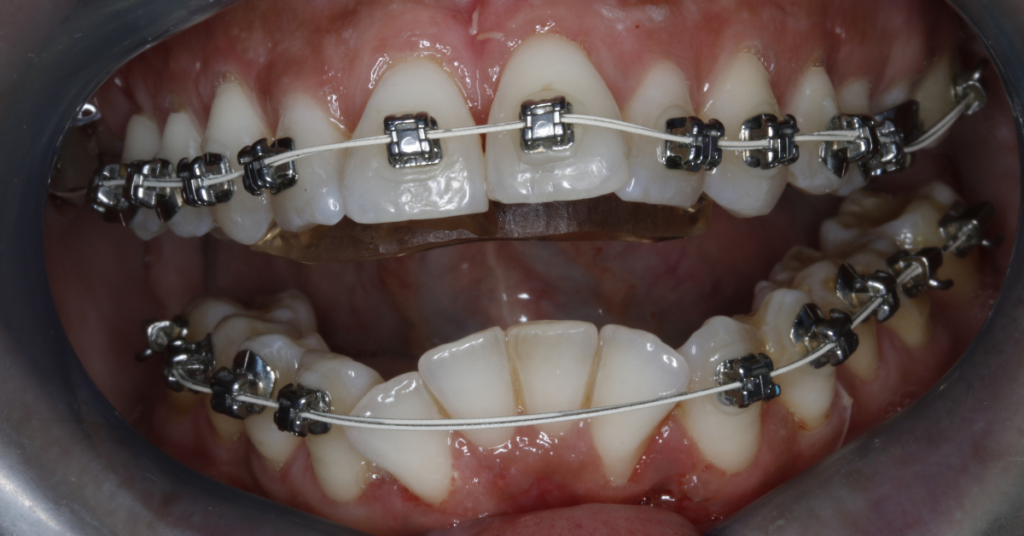
Other factors that can result in TMJ-related issues include trauma, arthritis and wear and tear.
TMJ Treatment : The Symptoms
There are various symptoms associated with TMJ disorders which include:
- Clicking, grinding and popping when moving the lower jaw
- Restricted opening or closing of jaw or difficulty opening the mouth wide
- Tooth and jaw pain
- Headaches and earaches
- Difficulty with chewing
- Changes in the manner the teeth fit together
- Neck, shoulder and back pain
TMJ Treatment : How is TMJ Treated?
Because of the broad range of TMJ disorder causes, treatments are personalised, addressing the specific main factor(s) we identify in a patient’s case.
To diagnose the nature of the TMJ disorder, we do the following during your checkup:
- Observe the range of your joint motion as you open and close your mouth.
- Determine areas of discomfort by pressing on your face and jaw.
- Feel around your jaw joints while you open and close your mouth.
To see the state and extent of damage to the jaw joints, we can also use X-Rays or CBCT scans to assist with providing the ideal treatment options for the case.
Depending on the nature of your case, we can address TMJ problems using the following TMJ treatments:
- Occlusal Rehabilitation
- Tooth Alignment and Bite Adjustment
- Toxin Treatments
- Grinding Plates
- Physiotherapy
- Habit Training
We can also prescribe mouthguards like splints and night guards. These oral appliances provide stable tooth contacts when you close your mouth and can also correct your bite by placing your jaw in a more favourable position. We recommend night guards if you clench or grind your teeth at night.
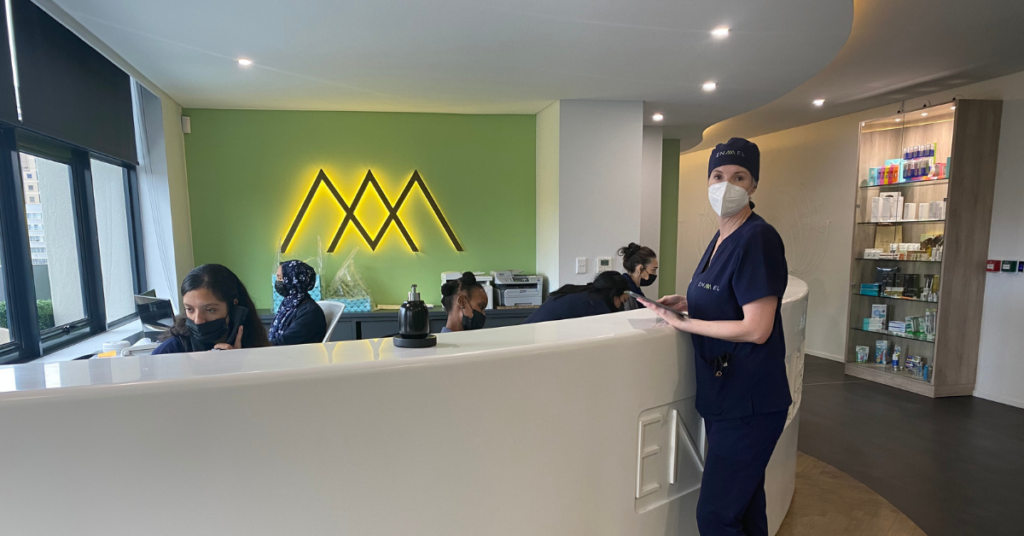
If you think you might have TMJ problems, get in touch with us today, so we can assess your case and advise the best way to address the condition.

